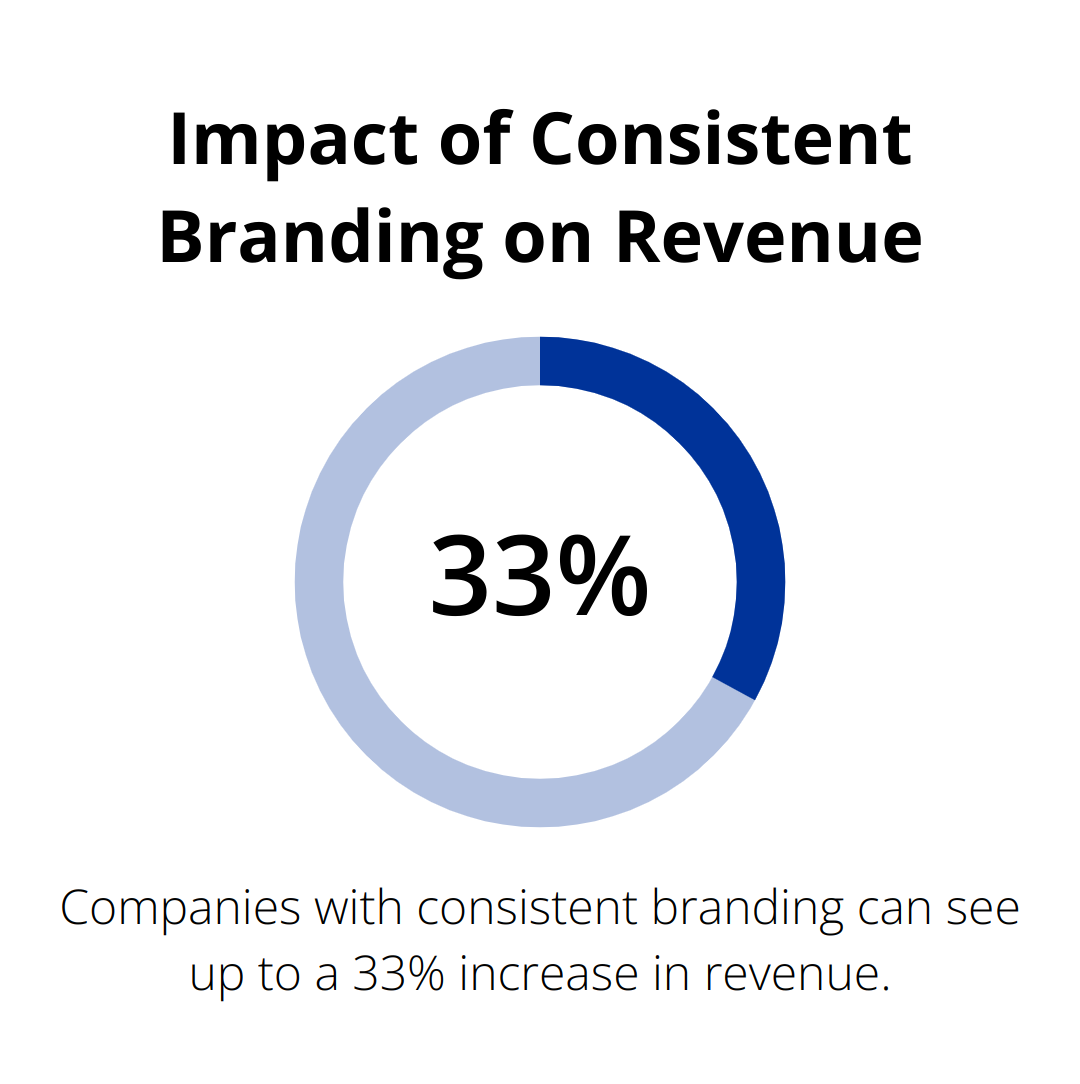At Brand Scrubbers, we often encounter confusion surrounding brand identity vs brand image. These two concepts, while closely related, have distinct roles in shaping a company’s market presence.
Understanding the differences between brand identity and brand image is essential for businesses aiming to build a strong, cohesive brand. In this post, we’ll break down these concepts and explore their unique characteristics and impacts on your overall branding strategy.
What Is Brand Identity?
Brand identity forms the foundation of how a company presents itself to the world. It’s a strategic asset that shapes customer perceptions and interactions with a business. At its core, brand identity encompasses the visual, verbal, and emotional elements that make a brand unique and recognizable.
The Building Blocks of Brand Identity
The most visible components of brand identity include the logo, color palette, typography, and overall design aesthetic. These elements work together to create a visual shorthand for your brand. For example, McDonald’s golden arches are instantly recognizable worldwide, serving as a powerful symbol of the brand’s identity.
Brand identity extends beyond visuals. It also includes your brand voice, messaging, and values. These less tangible aspects play an equally important role in shaping audience perceptions. Consider how Apple’s minimalist design and innovative messaging have become synonymous with their brand identity.
Crafting a Strategic Brand Identity
A well-crafted brand identity acts as a roadmap for all marketing and communication efforts. It ensures consistency across all touchpoints (website, social media presence, customer service interactions).
To develop a strong brand identity:
- Define your brand’s core values and mission. Ask: What does your company stand for? What sets you apart from competitors?
- Consider your target audience. Your brand identity should resonate with the people you want to reach. (For instance, if you target young, tech-savvy professionals, incorporate modern, sleek design elements and a casual, friendly tone of voice.)
Bringing Your Brand Identity to Life
Once you establish the core elements of your brand identity, apply them consistently across all marketing channels to create a cohesive brand experience.
Start with your logo. A study by the University of Amsterdam found that simple logos are 13% more likely to be remembered than complex ones. Keep this in mind as you design or refine your logo.

Your color palette is another crucial element. While it’s often claimed that color can increase brand recognition significantly, the actual impact of color on brand recognition is complex and can vary depending on various factors.
Typography and tone of voice round out the key elements of your brand identity. The fonts you use and the way you communicate should align with your overall brand personality. Are you formal and professional, or casual and friendly? Your typography and tone should reflect this.
Evolving Your Brand Identity
Brand identity isn’t static. As your business evolves, your brand identity may need to adapt too. Regular brand audits help ensure your identity remains relevant and effective. Many businesses (including those who work with Brand Scrubbers) have successfully refined and strengthened their brand identities, resulting in improved customer engagement and brand recognition.
Now that we’ve explored the concept of brand identity, let’s turn our attention to brand image and how it differs from brand identity.
What Shapes Your Brand Image?
The Power of Public Perception
Brand image represents the collective perception that customers and the public hold about your brand. It extends beyond your company’s statements and encompasses how others interpret and experience your brand in real-world scenarios.
Every interaction a person has with your brand contributes to shaping its image. This includes direct experiences with products or services, customer service interactions, and exposure to marketing materials. Even recommendations from friends and family play a significant role in forming brand image.
A Nielsen study found that 64% of consumers intentionally take actions to avoid ads on free, ad-supported video services. This statistic highlights the importance of positive customer experiences in shaping your brand image.

Key Factors Influencing Brand Image
Several elements contribute to your brand image:
- Product Quality: The performance and reliability of your offerings form the foundation of your brand image. An American Express survey revealed that 78% of consumers have abandoned a transaction due to poor customer experience.
- Customer Service: Your treatment of customers can make or break your brand image. A PwC report indicates that 73% of consumers consider customer experience an important factor in their purchasing decisions.
- Social Responsibility: Modern consumers care about a company’s values and actions. The 2020 Edelman Trust Barometer found that 64% of consumers choose, switch, avoid or boycott a brand based on its stance on societal issues.
- Online Presence: Your website, social media activity, and online reviews all contribute to your brand image. (BrightLocal’s Local Consumer Review Survey shows that 87% of consumers read online reviews for local businesses in 2020.)
Measuring and Managing Your Brand Image
To effectively manage your brand image, you need to measure it. Here are some practical ways to gauge public perception of your brand:
- Conduct regular surveys to gather customer feedback.
- Monitor social media mentions and sentiment.
- Analyze online reviews across various platforms.
- Track your Net Promoter Score (NPS) to measure customer loyalty.
A positive brand image can drive business growth. (Companies that prioritize brand image management often see significant improvements in customer retention and overall business performance.)
While you can’t control every aspect of your brand image, you can influence it through consistent, positive interactions and by delivering on your brand promises. Your brand identity lays the foundation, but your brand image builds through every customer touchpoint and public interaction.
Now that we understand what shapes brand image, let’s explore the key differences between brand identity and brand image in the next section.
How Brand Identity and Image Differ
Creator vs. Perceiver
Brand identity originates internally within a company, while brand image forms externally in the minds of consumers. Companies create a strong brand identity that aligns with their values and goals. However, the ultimate brand image results from how customers interpret and experience that identity.
A study found that consistent branding can increase revenue by 33% (This statistic underscores the importance of a well-defined brand identity in shaping positive perceptions).

Control and Perception
Companies directly control their brand identity, but brand image is largely influenced by factors beyond their immediate control. You can meticulously design your logo, choose your color palette, and craft your messaging, but you can’t dictate how consumers will perceive these elements.
Nike’s swoosh logo and “Just Do It” slogan are key components of their brand identity. However, their brand image has been shaped by factors like athlete endorsements, product quality, and even controversies surrounding labor practices.
Long-term Strategy vs. Evolving Impressions
Brand identity typically represents a long-term strategy, while brand image can fluctuate based on current market trends, customer experiences, and public relations events. A well-established brand identity provides a stable foundation, but brand image requires ongoing management and adaptation.
Coca-Cola has maintained a consistent core brand identity for over a century. However, their brand image has evolved significantly, from a medicinal tonic to a symbol of happiness and sharing.
Actionable Steps for Management
To effectively manage both brand identity and image, consider these steps:
- Conduct regular brand audits to ensure your identity remains relevant and resonant.
- Monitor social media and online reviews to gauge your current brand image.
- Respond promptly and professionally to customer feedback to positively influence brand perceptions.
- Invest in employee training to ensure consistent brand representation across all customer touchpoints.
The Role of Professional Branding Services
Professional branding services can help businesses create and maintain a strong brand identity that aligns with their goals and values. These services often include logo design, color palette selection, and messaging strategy development.
While you can’t control every aspect of your brand image, a strong, well-implemented brand identity provides the foundation for positive perceptions. Companies that invest in strategic identity development and consistent implementation often see significant improvements in brand recognition and customer loyalty.
Final Thoughts
Brand identity vs brand image both shape a company’s market presence. Brand identity defines a brand’s personality through visual and verbal elements, while brand image reflects consumer perceptions based on experiences. Companies must align these elements to create a powerful, cohesive brand presence that resonates with their target audience.
Consistent delivery of brand promises across all touchpoints strengthens brand presence. Regular brand audits and customer feedback analysis help maintain consistency and adapt to market changes. Professional branding services can enhance efforts to create and maintain a strong brand presence.
Brand Scrubbers specializes in developing compelling online presences through expert website design, branding services, and digital marketing strategies. We focus on creating strong, authentic brand identities and delivering positive experiences to shape favorable brand images (which drive long-term success in today’s competitive marketplace).


Recent Comments